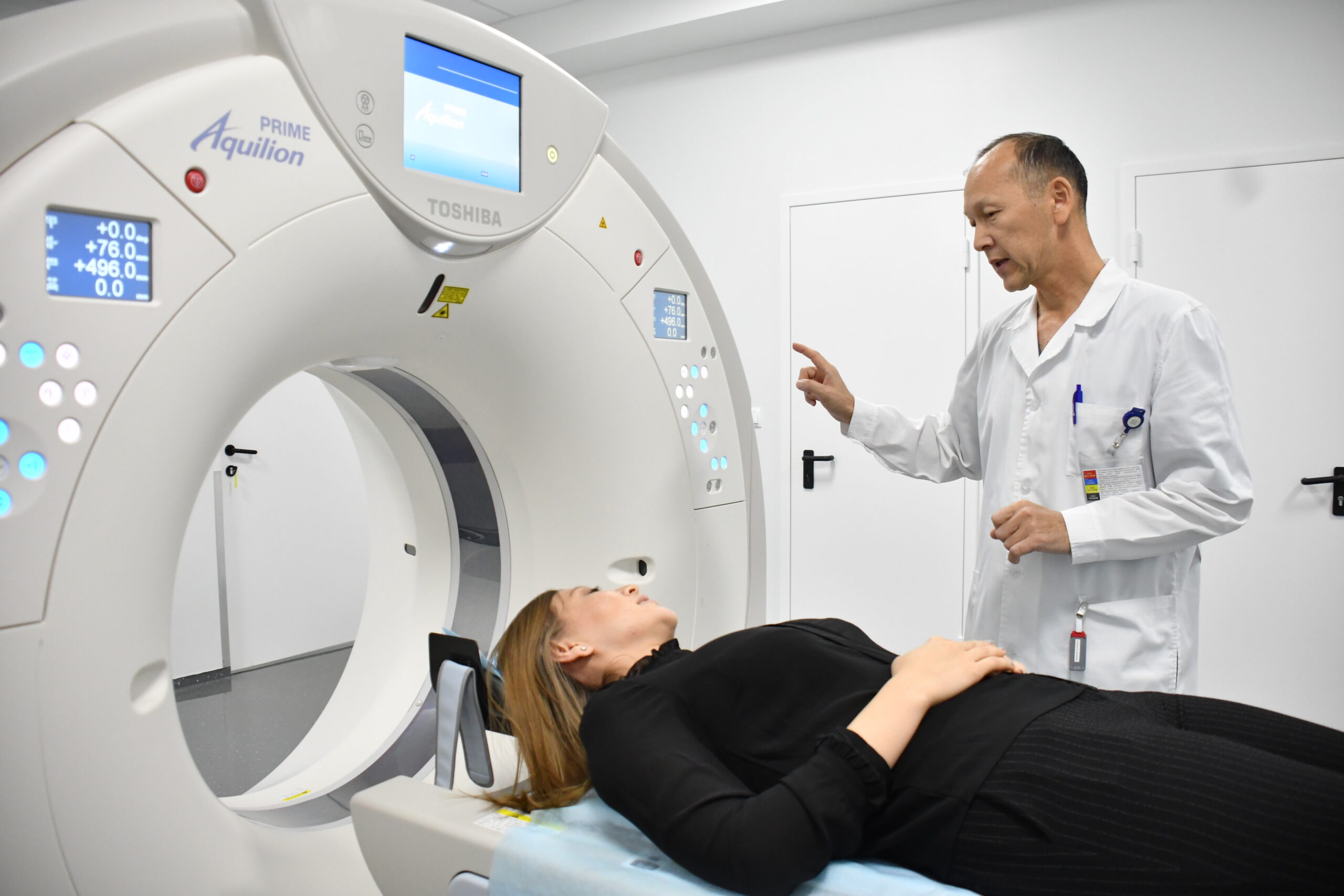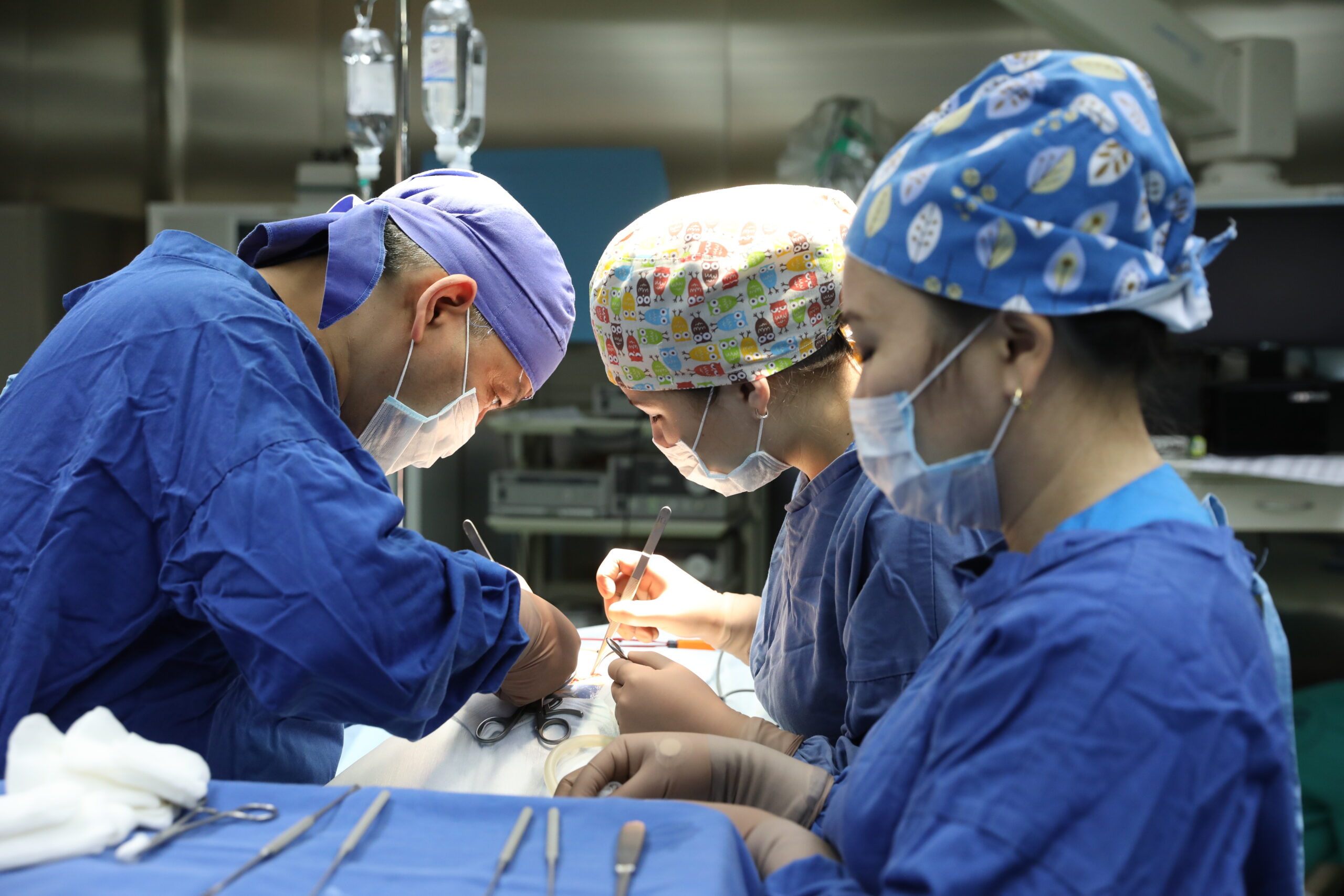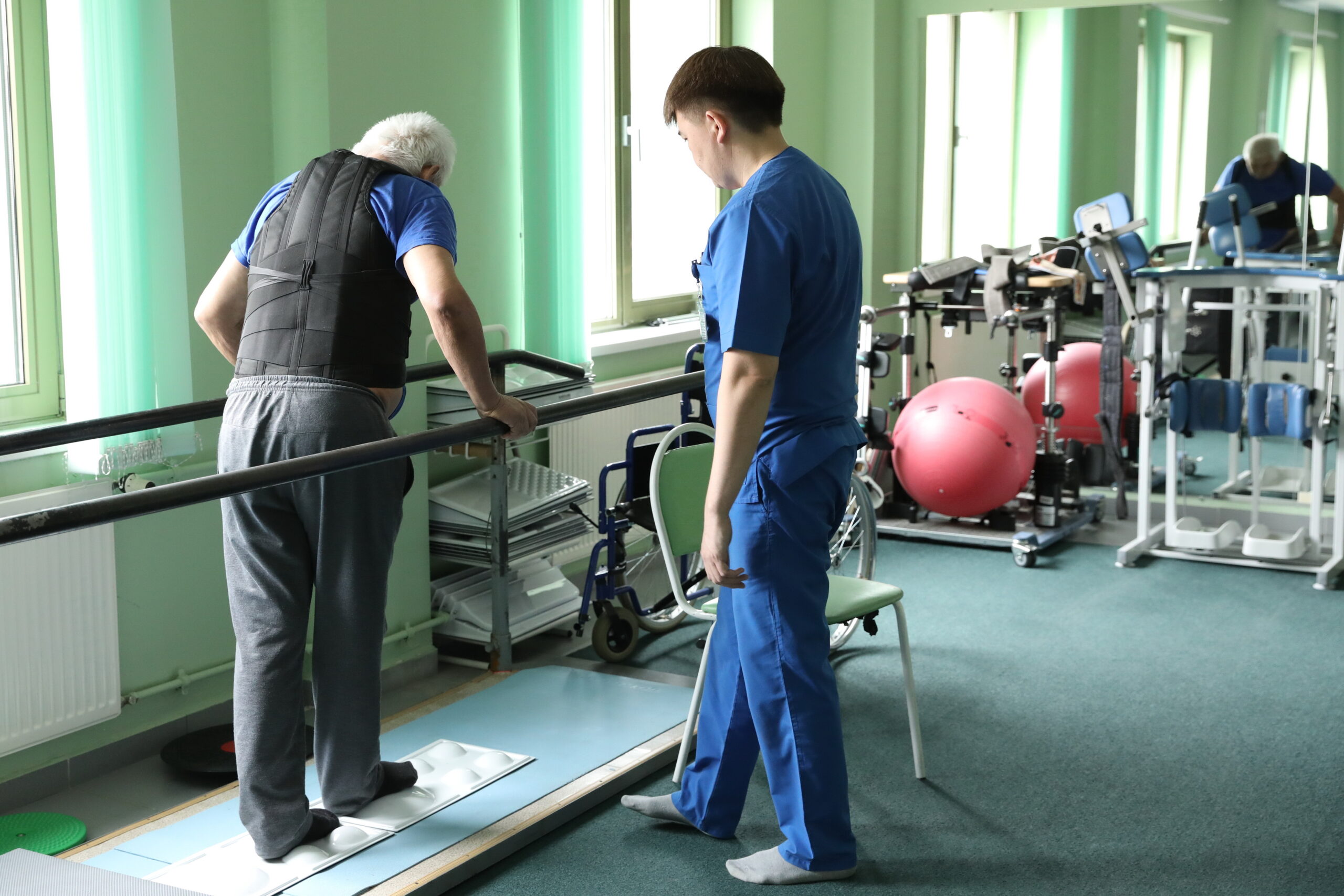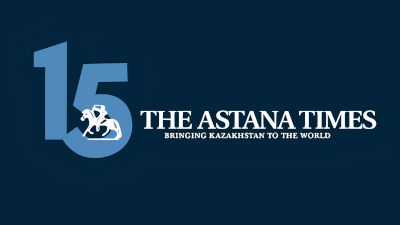ASTANA—In 2024, Kazakhstan’s healthcare system underwent significant reforms to improve accessibility, efficiency and transparency. In an interview with The Astana Times, Minister of Healthcare Akmaral Alnazarova outlined key innovations, including advancements in primary care, infrastructure modernization and domestic pharmaceutical growth, to strengthen public health services nationwide.

Kazakh Minister of Healthcare, Akmaral Alnazarova. Photo credit: primeminister.kz.
The year has been challenging for all industries, especially public health. What tasks have been set, and what has been achieved?
This year, we focused on three key areas: simplifying and improving primary care with an emphasis on prevention, ensuring accessibility to medical services for everyone, regardless of residence and maintaining financial sustainability in healthcare.
Over 1,000 industry standards and regulations were reviewed, resulting in 200 amendments to codes and laws. For instance, new regulatory acts aim to optimize polyclinic operations, reduce unnecessary visits to general practitioners, and streamline referrals to specialists and diagnostic procedures. A multidisciplinary approach has been introduced for monitoring chronic diseases, and advanced practice nurses now handle tasks such as referrals and prescriptions, easing the burden on doctors.
Promoting a healthy lifestyle remains a priority. Tobacco and alcohol excise taxes were increased, and legislation banned vapes, flavored products, and energy drinks for individuals under 21. We are also working on introducing excise taxes on sugar-sweetened beverages.

Photo credit: The ministry of healthcare.
To enhance patient convenience, the digital Social Wallet project now provides free medicines via QR codes, ensuring accessibility, transparency, and the elimination of illegal trafficking. This initiative has been implemented in 724 polyclinics nationwide.
Medicine labeling and traceability systems were launched in July to combat counterfeit drugs and enhance supply chain efficiency.
In tertiary care, advancements include 3D prosthetics, expanded oncology services, and new facilities such as a nuclear medicine center in Semei. The National Center for Neurosurgery now operates Central Asia’s only Gamma Knife complex for the radiosurgical treatment of central nervous system diseases. Since its opening, it has treated 400 patients.
Rehabilitation services are available through 838 organizations. They cover seven treatment areas for adults: cardiology, cardiac surgery, neurology, neurosurgery, traumatology and orthopedics. In 2024, rehabilitation services for patients with malignant neoplasms were also included.
To ensure financial sustainability and improve the quality and accessibility of care, we proposed a draft law to establish a single, budget-aligned package of state-funded medical services. This law includes free cancer screenings for all citizens, regardless of insurance status, and free screenings for suspected socially significant diseases. Local executive bodies will also contribute to the mandatory health insurance fund for socially vulnerable groups.
Will screening programs be reviewed, and how accessible are they to rural residents?
Annually, 3.4 million adults are screened for chronic conditions such as chronic kidney disease (CKD), diabetes and cancer. Patients diagnosed through screenings receive follow-up treatment, dynamic monitoring, and free outpatient medications.

Photo credit: The ministry of healthcare.
In rural areas, mobile polyclinics served 1.3 million residents this year, conducting 656,000 diagnostic tests and identifying 95,000 patients with various conditions. Next year, outpatient coronary angiography will also be available for men aged 50–70.
Protecting the health of the child and mother is a key priority of the healthcare system; what changes are taking place in this field?
With the child population growing 34% over the past decade, we’ve focused on reducing child mortality and disability through early diagnostic programs for genetic diseases and congenital malformations.
New ‘One-Day Clinics’ provide prenatal screenings, reducing disabilities related to congenital conditions. This year, maternal mortality dropped by 15%, while disabilities from congenital abnormalities decreased by 5.2%. These improvements stem from revised obstetric protocols and multidisciplinary care groups. In 2025, girls aged 16–17 will be screened for spinal muscular atrophy. These measures aim to strengthen early detection and lower child mortality rates.
What modifications are taking place to provide human resources to the industry?

Photo credit: The ministry of healthcare.
The number of healthcare workers has steadily grown over the past three years. In 2024, 10,570 specialists graduated from medical universities, with more than half receiving state sponsorship. Of these, 4,075 graduates trained under government grants were placed in medical organizations, including over 1,200 in rural areas.
Residency and scholarship programs have expanded, while incentives for rural postings include housing loans and cash bonuses of up to 8.5 million tenge (US$16,250).
A digital platform is also being developed to streamline healthcare professionals’ admission, training, and employment processes. This system will enhance transparency and support the retention of qualified staff in underserved areas.
Given the continuing shortage of funds in healthcare, what work has been done regarding the financial sustainability of medical organizations?
Additional reforms include universal free cancer screenings and support for uninsured individuals with socially significant diseases, funded by local executive bodies.
We’ve initiated phased tariff increases for medical services, prioritizing care for children and mothers. For example, tariffs for premature births and cesarean sections were raised by up to 90%. These adjustments aim to reduce patient out-of-pocket expenses and motivate healthcare providers.
Additional reforms include universal free cancer screenings and support for uninsured individuals with socially significant diseases, funded by local executive bodies.
What results are expected from creating a unified state medical information system, and how will it affect the quality of medical services for the population?
Complete digitalization will enhance the integrity and accessibility of patient data. Doctors will access complete medical histories, enabling accurate diagnoses and treatments while reducing errors and duplicate tests.
Resource management will also become more efficient, with real-time data on expenses, medicine inventories, and staff availability improving service delivery. Digital tools, such as appointment bookings and personal medical accounts, will simplify citizens’ access to healthcare.
In recent years, a critical area of healthcare development has been renovating hospital infrastructure. What is the pace of implementing state programs?
An inventory revealed over 600 rural settlements lacked adequate medical facilities. Under the Modernization of Rural Healthcare project, 655 primary care facilities are being built. To date, 256 are operational, with more under construction, ensuring improved access to preventive care and screenings for rural populations.
Pharmaceutical production is actively developing in Kazakhstan. What steps has the government taken to increase its share of the domestic output?
Yes, indeed, the government continues to work to increase the share of domestic pharmaceutical production. One of the main tasks today is to reduce dependence on imported drugs and provide the population with high-quality and affordable medicines. In the first half of 2024, domestic pharmaceutical production increased by 14.8%, reaching 95 billion tenge (US$181,670). Government initiatives have driven this growth, including long-term contracts and incentives for joint ventures with international firms. Improved logistics will also ensure faster delivery to remote regions.


